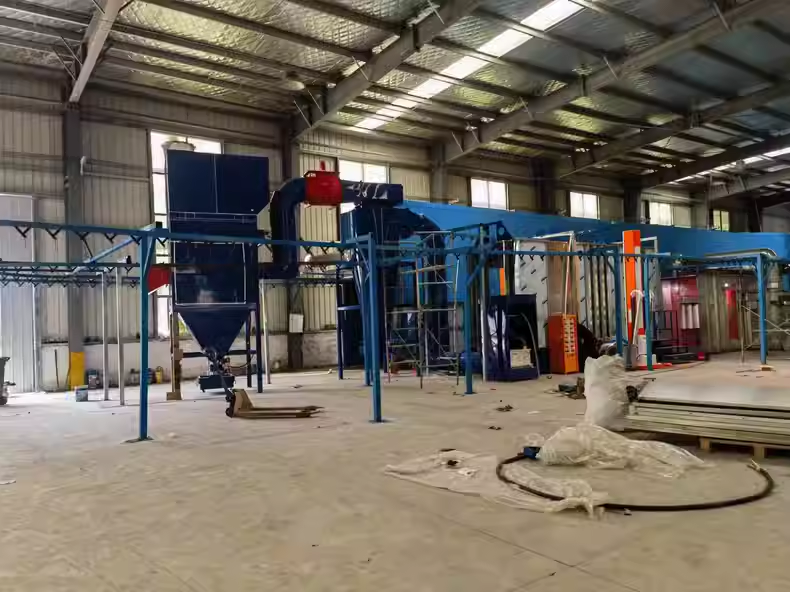
What is the best way to repair surface defects?
What is the best way to repair surface defects?
Great question! **Repairing surface defects** in electrostatic spray coatings (like powder coating or electrostatic paint) depends on the type and severity of the defect, the coating material, and whether you’re catching it **before or after curing**.
Here’s a breakdown of the **best repair methods based on common defect types**:
—
## ✅ **Common Surface Defects & Best Repair Methods**
| **Defect** | **Best Repair Method** | **Notes** |
|————————|———————————————————————————————————-|———–|
| **Pinholes / Bubbles** | – Sand or grind the defect area smooth. <br>- Feather edges.<br>- Spot re-spray or full re-coat. | Caused by outgassing or improper prep. Use low heat during re-bake to avoid repeat. |
| **Orange Peel** | – Light sanding (320–600 grit) or abrasive polishing.<br>- Re-coat if severe. | Caused by incorrect spray settings or viscosity. Adjust gun settings for re-coat. |
| **Sags / Runs** | – If wet: wipe and re-spray.<br>- If cured: sand down, feather edges, re-spray the area. | Happens with over-application or wrong distance. |
| **Thin / Bare Spots** | – Clean area.<br>- Re-spray missing sections.<br>- Full re-coat if widespread. | Caused by poor grounding or spray angle. |
| **Cratering / Fish Eyes** | – Sand/grind affected area.<br>- Clean thoroughly (check for oil/silicone contamination).<br>- Re-coat. | Clean the environment. Re-check surface prep. |
| **Dust / Debris** | – Sand or buff lightly if cured.<br>- Use tack cloth or ionized air before spraying to prevent. | Improve booth airflow & filtration. |
| **Chipping / Peeling** | – Feather sand the edges.<br>- Re-prep and re-coat. <br>- If widespread, strip and start over. | Usually due to bad adhesion or surface prep. |
—
## 🔧 **Best Repair Workflow (Cured Coating)**
1. **Inspect & Mark Defects**: Use good lighting.
2. **Lightly Sand or Grind** (320–600 grit) the defect until smooth.
3. **Clean the Surface**: Use compressed air, tack cloth, or solvent wipe.
4. **Spot Re-coat or Full Re-coat**: Depends on how large the defect is.
5. **Re-cure / Re-bake** according to powder specs.
—
## 💡 **Pro Tips for Quality Repairs**
– Always check **powder manufacturer guidelines**—some powders don’t repair well once cured.
– If large areas are defective, it’s often faster and cleaner to **strip and re-coat**.
– For color matching, use **the same batch** of powder or paint.
– **Ionized air** before re-coating prevents new dust or static issues.
– Use **thermal spot repair tools** or **infrared lamps** if available, to localize re-bakes.
—
## 🚨 **When Should You Strip and Re-Coat Entirely?**
✅ Widespread peeling or adhesion failure
✅ Multiple or large defects that can’t be feathered out
✅ Color or texture mismatch impossible to blend
—
Would you like help with **a specific defect you’re seeing** or **step-by-step repair for a certain material**? Let me know your coating type—powder, liquid, or something else—and I can dial it in!
electrostatic powder coating machine manufacturer
electrostatic powder coating machine price
electrostatic powder coating machine products
electrostatic powder coating machine supplier
electrostatic powder coating machine suppliers
electrostatic powder coating machine wx-958
electrostatic powder coating manufacturer
electrostatic powder coating manufacturers
electrostatic powder coating method
electrostatic powder coating paint
electrostatic powder coating pdf

